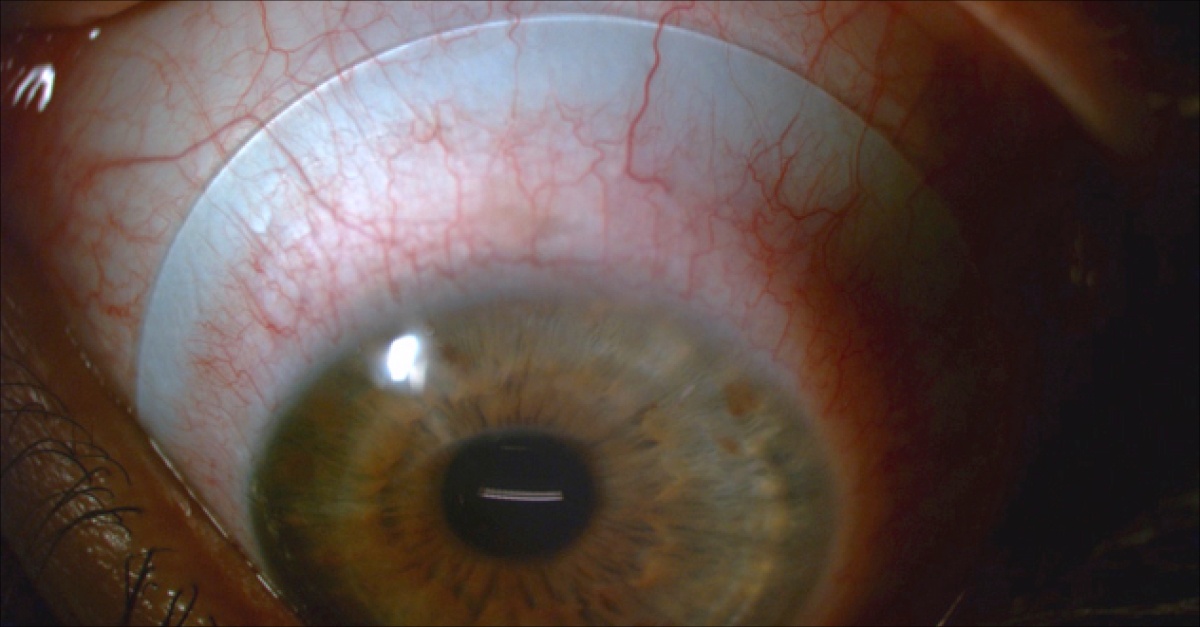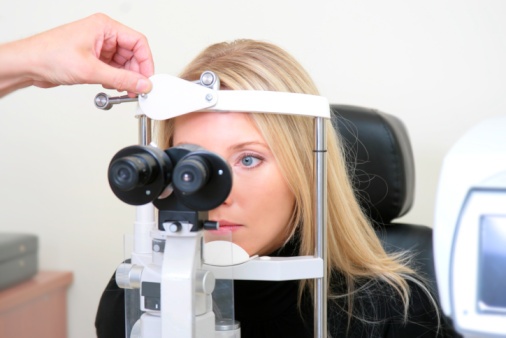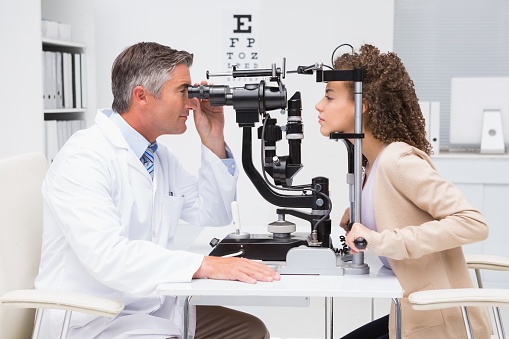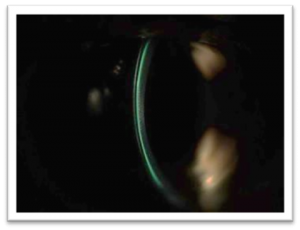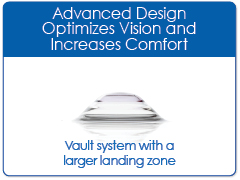By Melissa Barnett, OD, FAAO, FSLS, FBCLA
The SynergEyes VS scleral lens features scleral toricity and linear landing zones. The popularity of the scleral lens modality is colossal amongst specialty contact lens practices and continues to grow in general optometric practices. There are three major categories for scleral lenses: restoration and support of the ocular surface, visual rehabilitation and correction of corneal irregularity and pain attenuation.



